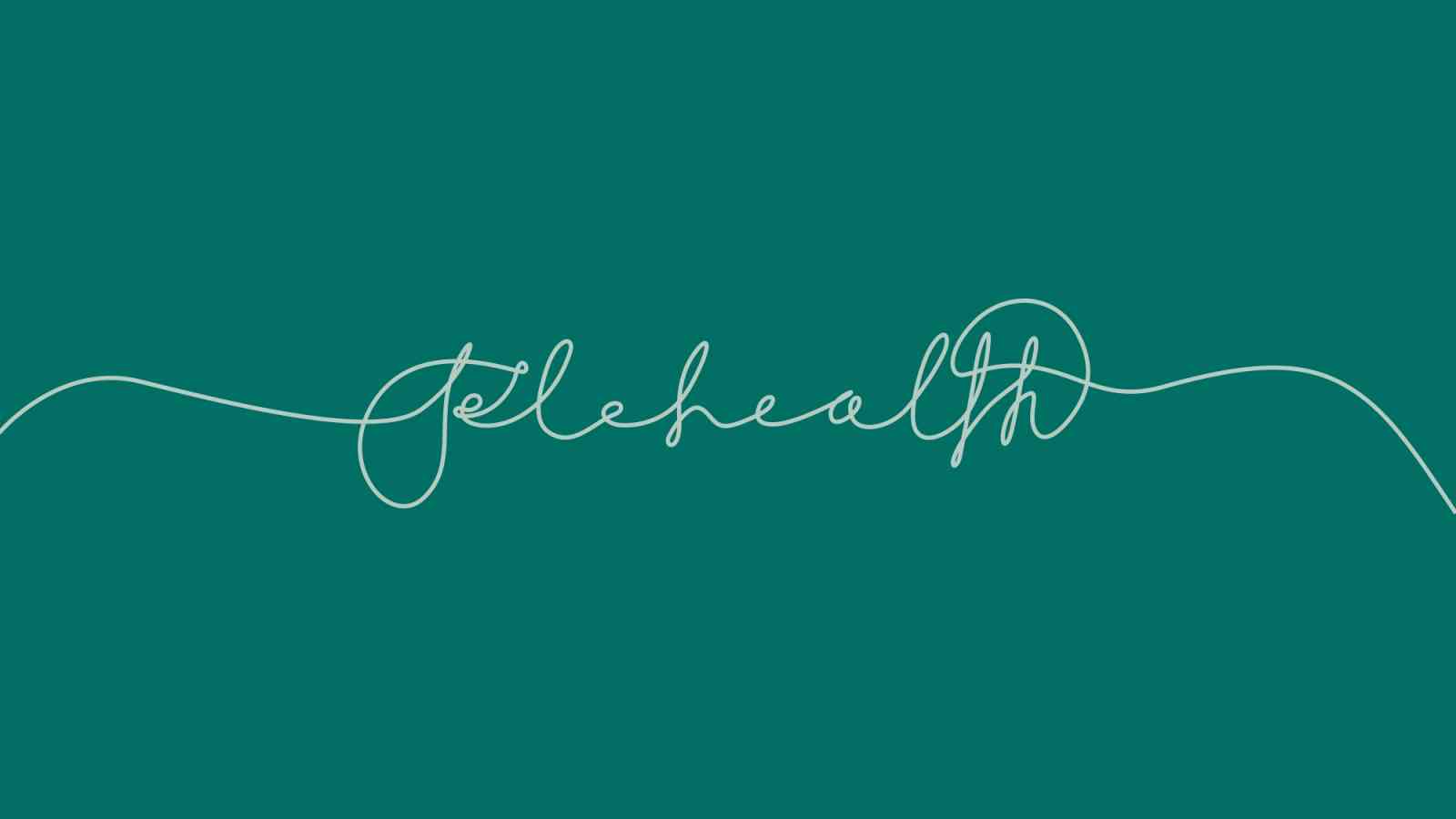
Next Thinking | Article 3
Next Practice CEO Simon Kos reflects on how COVID-19 rapidly changed our need of video conferencing maturing from a personal preference to a must.
How COVID-19 has advanced Telehealth in Australia
Video-calling has diffused slowly but steadily throughout our personal and professional lives. As devices have become more powerful, broadband service ubiquitous, and software more capable, the addition of video to a call is a decision of personal preference, not technical capability. Now, wherever the phone was previously used, video is possible and is becoming increasingly culturally accepted. Our society has evolved to accept and even expect this.
Telehealth with video has been possible since the 1950s, and when the maturity of devices (like laptops and phones with cameras), networks (like broadband and wifi) and cloud services all converged in 2010, there has been practical and accessible at scale. Indeed, it is widely used internationally and has been validated as an effective model of care. However, widespread adoption in Australia has been hindered by a lack of Medicare funding support, relegating Telehealth to niche areas: occupational health, Telepsychiatry, privately billed consultations. The lack of scale adoption has hampered supporting legislation (for example physical signature of Medicare forms) or supporting technology like electronic prescriptions.
Then came COVID-19 and everything changed. As the country went into pandemic lockdown, businesses quickly figured out how to use technology like video-calling to keep teams organised and communicate with customers and partners. The transition for healthcare was not so seamless. In a time when health services are arguably more important than ever, patients are reluctant to expose themselves to contagion by physically attending primary care, and some vulnerable providers are unable to risk physically turning up to work in medical clinics.
Telehealth was the obvious solution and the government responded. MBS Telehealth item numbers were created and an industry was born almost overnight. It is more complicated than just video calling of course. There’s online bookings, integration to electronic medical records, transfer of documents like referral letters and certificates, prescriptions and online payments. The systems in place to handle these functions often come from separate providers and are engineered for face-to-face interactions. The urgent need has spurred more innovation in the last few months than the last decade, and it is no longer the big that eat the small, but the fast that eat the slow.
Now, the Telehealth item numbers have been clearly positioned as a limited time emergency provision during the COVID-19 period. The initial experience for patients and providers has been variable as this fledgling industry finds its feet. Convenience for patients and providers has been one of the major positives and now that experience with this technology is widespread, will be the primary reason it will be so hard to ‘turn off’ Telehealth as we settle in the new normal.
Telehealth isn’t a wholesale replacement for face-to-face care however. It is an alternative model of care for a variety of conditions where patients know their provider, or the condition is relatively simple and the history is of primary importance. More serious or emergency conditions, procedures, and when a detailed physical examination is necessary, all ensure the continued role of the clinic in primary care. In the new normal, clinics that are able to service patients from a physical location and offer the convenience of telehealth consultations where appropriate will meet the demands of our digital society.
As this industry matures, we’ll see a move away from expedient consumer video-calling software, toward more secure, integrated services that encompass appointment bookings, online payments, electronic scripts and secure document exchange. Already a range of patient side appliances can extend Telehealth to perform parts of the physical exam, including the capture of vital signs, visualisation of ears, throat, and skin lesions, and even capture breath and heart sounds.
This change has been a long time coming, but now it is finally here it represents an opportunity for both patients and providers to engage differently. There’s a silver lining in every cloud, and we will look back on Telehealth and realise that this pandemic was the start of a meaningful and lasting change in healthcare.